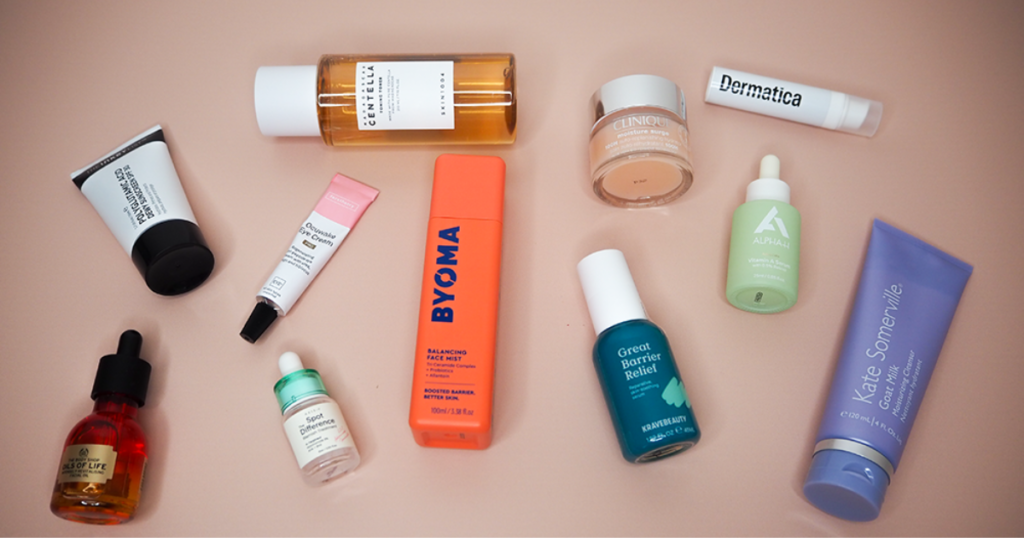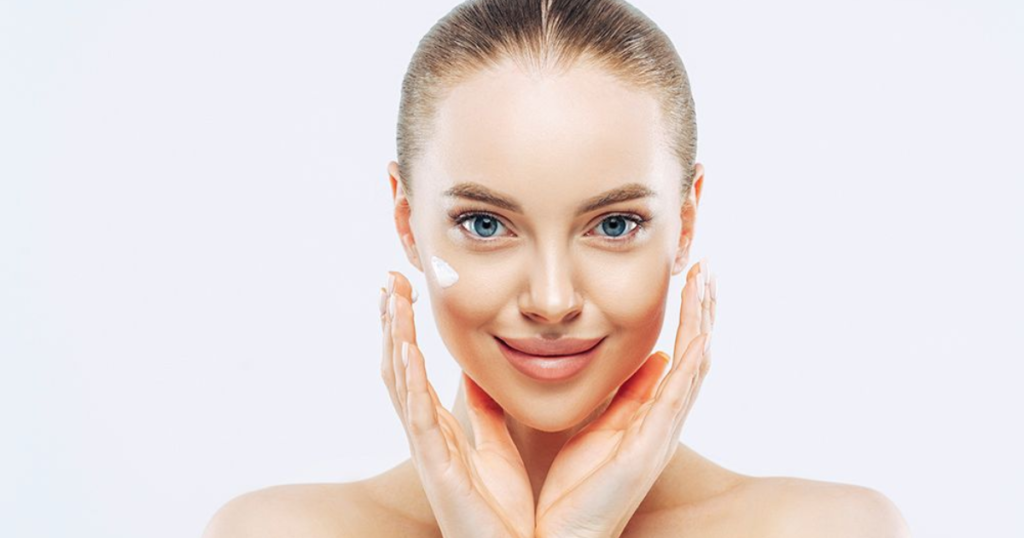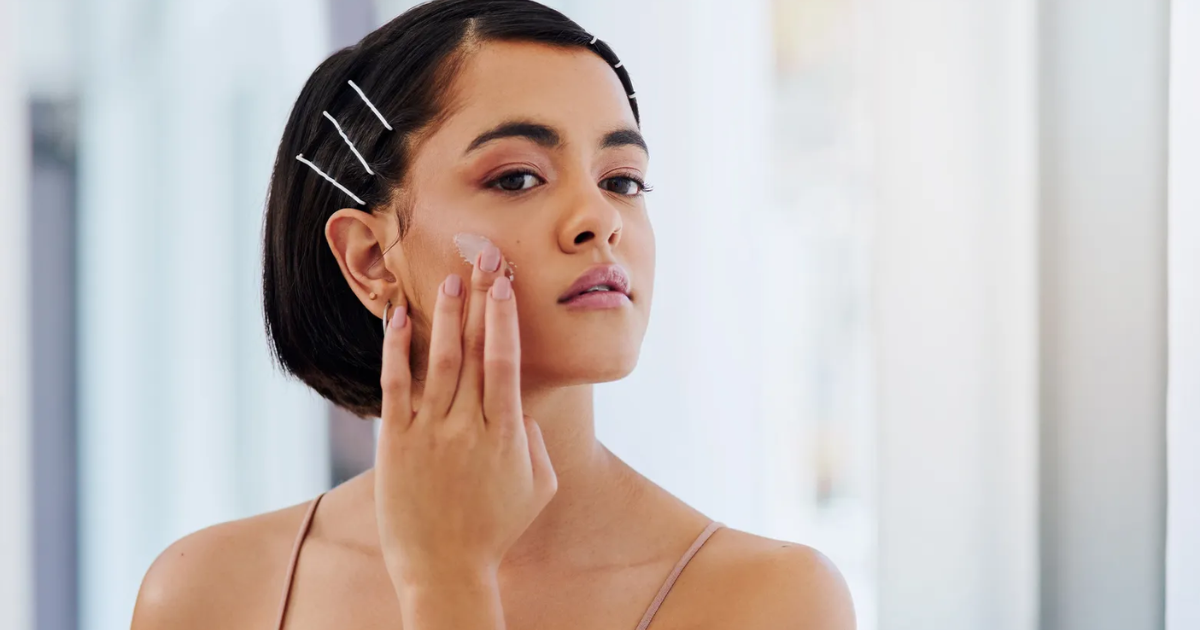Introduction: Understanding Skincare Actives
Active ingredients are the real engines driving the power of great skincare, being scientifically studied agents that have been proven to bring about real change to the health and appearance of your skin.
Unlike dormant ingredients, the active ingredients work directly with your skin cells to deliver specific biological effects, unlike inactive ingredients that are usually just delivery or preservative vehicles. Their powerful compounds have been formulated at precise concentrations to deliver targeted results, from wrinkles and fine lines to persistent acne, irregular skin tones, and other concerns.
Active ingredients act through their ability to intervene at the cellular level of your skin, triggering several different biological phenomena that stimulate renewal and renewability of your skin. These have been extensively studied and tested with mechanisms of action adequately described in the scientific literature.
So when you spend money on your active skincare, you’re not just buying other topical that sit on the surface, but giving your skin tools that can help it mend, protect, and revitalize itself.
With this understanding that active ingredients may be active at multiple levels in or through the skin, some of them work on the surface and thus provide most of their benefits when applied directly to the skin. Those include exfoliation or hydration.
Others penetrate deeper into the skin layers, where they can influence processes like collagen production, cell turnover, and melanin synthesis. This multi-level functionality makes active ingredients particularly valuable in addressing both immediate concerns and long-term skin health goals.
Common Active Ingredients and Their Benefits

Alpha Hydroxy Acids (AHAs)
Alpha Hydroxy Acids are a family of exfoliating agents, which hydrolyze intercellular bonds holding together dead skin cells thereby enhancing physiological exfoliation processes and cell renewal. These water-soluble acids are obtained from several natural sources like fruits, milk, and sugarcane.
The main action of AHAs is removing dead skin cells on the outer surface, which cause dullness in appearance. Regular applications with AHAs can start breaking down dead skin on the outer layer, thereby revealing fresher, brighter skin and stimulating collagen production in the deeper layers.
Common types of AHAs include:
- Glycolic acid from sugarcane
- Lactic acid from milk
- Mandelic acid from bitter almonds
- Citric acid from citrus fruits
Beta Hydroxy Acids (BHAs)
Beta Hydroxy Acids, headed by the one primarily involved, salicylic acid, are a treatment option of very particular good with clients suffering from acne or oily skins conditions. It is pretty much important to note that BHAs differ from the AHA because they are oil-soluble; this implies that they can penetrate deep into pores for dissolving excess oil and debris there.
This deep-cleaning action, above all, makes BHAs particularly effective in preventing and treating acne and reducing the inflammation and redness that often come with it. They help improve general skin texture and tone but without irritating the skin overly.
Retinol (Vitamin A)
Retinol is one of the most studied and proven anti-aging ingredients in skincare. It works by interfering with the language that skin cells use, meaning it makes them behave more like young, healthy cells. Applied daily, retinol stimulates the production of new collagen and encourages cell turnover and regulates melanin production.
All these mechanisms bring about healthier-looking skin, decreased visibility of wrinkles and fine lines, and uniform coloration of the skin. The mechanism of retinol advances from the stage of simple improvements at the surface level to lasting modifications in health and appearance of the skin.
Vitamin C
Vitamin C is another potent antioxidant that provides various skin health and aesthetic benefits. Vitamin C causes quenches free radical damage to skin cells in equipotent L-ascorbic acid form that hastens skin aging. Apart from protection repair of tissues involved in skin aging, vitamin C is also important in collagen production.
It also decreases the activity of tyrosine’s, which is responsible for producing pigment, thus used in the treatment of dark spots. Results of vitamin C on brightening the skin can be observed in a short time while for its protective and collagen enhancing effects take longer.
Niacinamide (Vitamin B3)
This is probably one of the most versatile ingredients and is gentle yet effective in dealing with numerous skin disorders. This water-soluble vitamin can be used to enhance the strength of the skin barrier, modulate the quantity of oily secretions, and reduce inflammation. Its enhancement of the barrier function of the skin is of utmost value in sensitive and reactive types.
Niacinamide also impresses with rapid improvements in pore size appearance, evening of skin tone, and general skin texture. The compound really harmonizes well with most other active ingredients, thus forming a great addition to any skincare regimen.
Choosing Active Ingredients for Different Skin Types

Choosing the active ingredients, it should be taken as most essential things and get to know your skin and the issues that bother you, so like dry skin, look for those ingredients which will support and enhance the barrier function of your skin.
Hyaluronic acid and ceramides are especially great, while gentle AHAs break down dead skin without sacrificing moisture. The thing is, one must reach that balance between being treated and keeping it moist.
Oily and acne-prone skin types benefit most from ingredients that regulate sebum production and maintain clear pores. BHAs should form the cornerstone of such routines, supported by niacinamide for oil control and inflammation reduction.
Retinol can also prove beneficial by normalizing cell turnover and preventing pore blockages. However, the approach should focus on control rather than complete oil elimination, as some sebum is necessary for healthy skin function.
Sensitive skin requires a particularly cautious approach to active ingredients. Starting with lower concentrations and gentle formulations helps minimize the risk of irritation.
Niacinamide often proves an excellent starting point due to its skin-calming properties. When introducing other actives, a gradual approach allows the skin to build tolerance while still receiving benefits. Special attention should be paid to barrier-supporting ingredients that can help reduce sensitivity over time.
Best Skincare Ingredients for Acne
Acne is a prevalent issue in the skin that can be easily treated with the right components. Below are the best ones:
- Salicylic Acid
This Beta Hydroxy Acid (BHA) exfoliates and unclogs pores, unlike others that are superficial. It soothes irritation and treats the active lesions while controlling the formation of new ones.
- Benzoyl Peroxide
It is quite effective in the treatment of acne because benzoyl peroxide has antibacterial properties. It also reduces excess oil from skin, thus helping acne-inflammatory as well as non-inflammatory.
- Niacinamide
This advanced form of Vitamin B3 is a great aid in the control of oily skin and the inflammatory response. It also enhances the appearance of acne scars and improves skin texture so is great for acne-prone skin.
- Retinoids
Retinoid, both from prescription and over the counter, use medications such as adapalene also encourage cell turnover to avoid blocked pores. They also shorten the healing time for acne scars with continued use.
- Tea Tree Oil
It’s a natural product with anti-bacterial effects. It can be applied over the skin to help control the redness by killing the bacteria responsible for acne. Most importantly, it requires dilution to prevent skin irritation.
- Zinc
Zinc is useful in acne due to its anti-inflammatory action. It is useful in controls oil secretion, as it can be taken in the form of oral capsules or added to the topical skin care products.
How to Use Actives for Anti-Aging
Combine antiaging active ingredients in your skincare routine. Here’s how you apply them:
- Retinol: When pregnant as much as possible avoid retinol. Or else use 0.1 – 0.2% retinol at night. Moisturize the skin well on the first few applications (two to three times a week). Gradually increase applications frequency as the skin builds tolerance. Always apply good moisturizer when on retinol as it is drying.
- Vitamin C: The best time to use vitamin C is in the morning before the sun gallops to free radicals at the same time replenish loads onto the skin. It is advisable to put it after washing and rub on the skin before the application of any lotion or sunscreen. Use formulations like L-ascorbic acid for effective results as this vitamin in not very stable.
- Peptides: These are small proteins that help stimulate collagen production. Use peptide serums after cleansing and before moisturizers. They can be used both in the morning and evening.
- AHAs and BHAs: These are all exfoliating agents, and this oleums, as well as cataplasm of salicylic acid, promote ebullition of dead skin layers. Use them no more than two or three times a week. Use them in the same way as all other treatments, clean and then apply them.
- Sunscreen: The most important component of any anti-aging program. Broad-spectrum sunscreen with an SPF of 30 or more should be used every day, even on overcast days. This is to prevent sun damage to the skin, which causes aging.
Actives in Your Skincare Routine

Well, if there is planning and careful consideration of product interactions, there is a great potential for active ingredients in skincare products to be effectively combined together. A fundamental scheme first includes cleansing, moisturizing, and sun protection. Then, the active ingredients are added on.
This base layer delivers a healthy, treatment-product receptive skin barrier. When introducing actives, start with one product, and allow several weeks for your skin to adapt before introducing another.
In contrast, evening and morning rituals vary from each other in beauty routines. Daytime routines are designed to be protective, primarily with antioxidants like vitamin C and supporting ingredients such as hyaluronic acid. At night, more aggressive treatments can be applied, including retinol or exfoliating acids, because these ingredients sensitize the skin to the sun and work best at the time of day when the skin is naturally working to renew itself.
Safety Considerations and Side Effects
The potential of actives comes with a responsibility for correct application, awareness of possible side effects, and over-enthusiasm with multiple actives or high concentrations that might weaken the skin barrier, leading to irritation and sensitivity followed by inflammation. Understanding your skin’s tolerance and respecting its limits proves crucial for long-term success with active ingredients.
Key safety considerations include:
- Starting with lower concentrations and building up gradually
- Performing patch tests before full application
- Monitoring skin response and adjusting usage accordingly
- Using sun protection daily, especially when using photosensitizing ingredients
- Maintaining proper storage conditions for stability
Conclusion
Knowing what’s going on in skincare actives will bring you one step closer to healthy skin. Each has its purpose, focusing on individual ailments such as acne and wrinkles. If the correct amount of actives is used for their corresponding skin type, it can dramatically bring improvements about. Thus, it is essential to introduce them gently and responsibly.
For sensitive skin, use gentler types that will not irritate the skin. Safety always comes first, and consulting the professionals will be required at times. With the right knowledge, you’ll be able to build a very effective skincare routine. In fact, consistency and patience definitely pay off over time.
Frequently Asked Questions
1. What Are Inactive Ingredients in Skincare?
Inactive ingredients make up the frame of skincare formulations. They do not do much to deal directly with the concerns addressed by the product but perform vital functions. Such ingredients help in creating texture and stability in a product.
Preservatives are inactive. They increase the product shelf life by inhibiting microbial growth. Fragrances and colorants can enhance the user experience but will not contribute to skin health. Even inactive ingredients become extremely important because they ensure that the active ingredients work as intended.
2. Can I Use Active Ingredients Every Day?
The concentration of active ingredients is quite high. For instance, one may apply hyaluronic acid every day since it is mild and safe. On the other hand, retinol can be tough on the skin; thus, proper use must be applied in a more strategic way.
A beginner can start by starting off low-a couple of times a week can also work. Usage should be increased as skin gets accustomed to the active ingredients.
Pay attention to the response of your skin. When you notice redness, irritation, or peeling, cut back on the usage. Product guidelines often give recommendations for dilution. Balance actives with the right amount of moisturization and sun protection.
3. What Active Ingredients Should I Avoid During Pregnancy?
Decisions regarding your skincare during pregnancy need to be extremely thoughtful due to dangers to fetal development: active ingredients. One of them is retinoids, which are frequently used in anti-ageing preparations. Such preparations should be avoided completely. Hydroquinone is another brightening agent that can cause harm and should not be used either.
Certain essential oils are too concentrated and might lead to side effects. Try asking your medical doctor for advice on using new skincare products. Safe alternatives include vitamin C for brightening and hyaluronic acid for hydration.
4. What Are Natural Alternatives to Synthetic Active Ingredients?
Many consumers seek natural alternatives to synthetic actives. For example, bakuchiol is an excellent plant-based alternative to retinol. It provides exactly the same anti-aging action but without the irritations of retinoids. Another very good option would be aloe vera because it gives hydration and soothing effects on the skin, good for replacement with hyaluronic acid.
Tea tree oil is very antibacterial and can be used to treat acne. Nature does have some gentler alternatives that will achieve the same effects. Choose natural alternatives with care; be sure the product you are opting for is sourced sustainably and does not contain chemicals.
5. How Long Does an Active Ingredient Begin to Work?
The period for which an active ingredient will produce an effect varies. Vitamin C is popular because of brightening. Its effects would manifest after a number of weeks if it is used on a daily basis and consistently. Not so with Retinol. It takes some few weeks or months before one can notice a difference in fine lines and texture.
Beta Hydroxy Acids (BHAs) and Alpha Hydroxy Acids (AHAs) are effective after just a few applications of giving the skin the appearance of being that much smoother. You must use all active ingredients regularly to reap the real benefits. Maintaining your regular regimen will indeed reveal its full benefits in the months ahead. Everyone’s skin is different, so do not compare to others.
6. How long will it take for active ingredients to take place?
Results can vary greatly from one active ingredient to another, as well as by the condition of your skin. Hyaluronic acid, which is a humectant, hydrates ingredients, and you’ll even see improvement in plumpness and moisture that much sooner.
Alpha-hydroxy acids, beta-hydroxy acids, and other exfoliating acids usually offer visible benefits within 2-4 weeks of daily or nightly application. More potent agents such as retinol may take 8-12 weeks, or even longer, to make meaningful changes in the appearance of the skin’s texture and tone. Patience and consistency remain key elements to get optimal results from any active ingredient.
7. Can I use multiple active ingredients together?
While blending active ingredients may possibly enhance the efficacy of results, there is also the consideration for the potential interaction that may increase irritation. Some combinations like vitamin C with niacinamide actually have synergistic effect benefits.
But other antioxidants, retinol and exfoliating acids tend to be irritating when applied together. The trick is knowing which ones to apply together and spreading out the likely irritants around the clock or on alternate days.
8. What do I do if I get irritated from the active ingredients?
If irritation occurs, stop the active ingredient right away and focus on maintaining your barrier function with gentle, calming products. When your skin is healed, you can try to reintroduce the active at a lower strength or concentration or less frequency.
Some minor prickling or slight redness may be tolerated as an initial introduction to certain actives, but if irritation, burning, or peeling persist, it is time to change your plan of attack. In case of uncertainty about a skin reaction to an active, seek a skincare professional.
“Discover everything you need to know about skincare actives, from AHAs to retinol. Learn their benefits, how to use them safely, and choose the right active ingredients for your skin type.”
